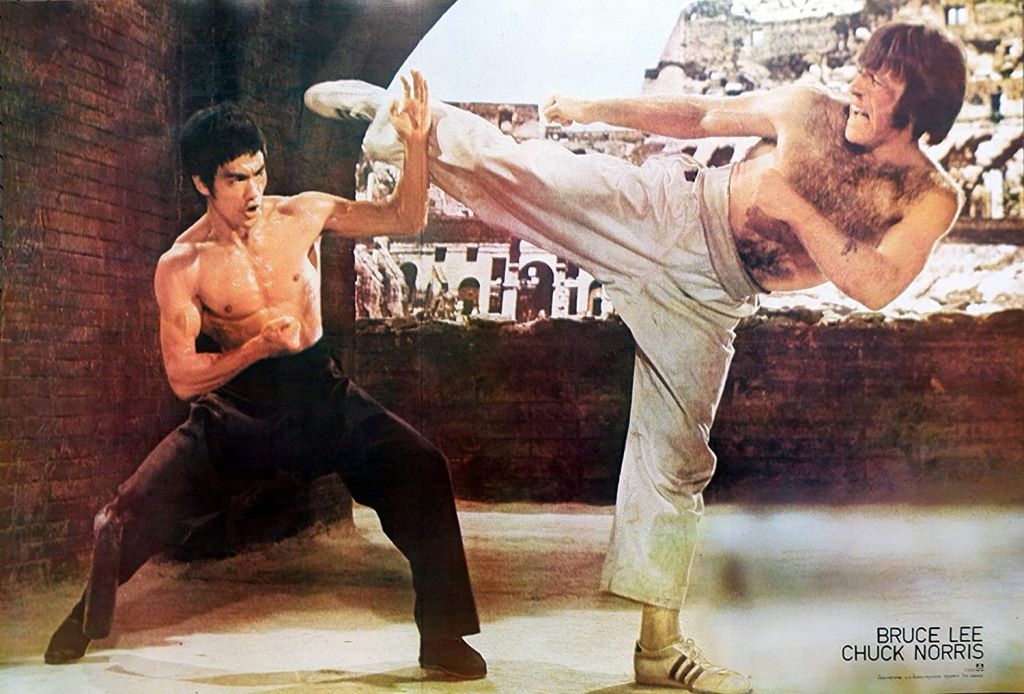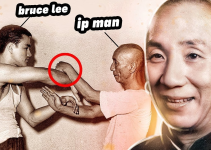
In recent times, it’s become increasingly common to hear about Wing Chun fighters struggling against modern martial artists. Today, let’s examine the core techniques of Wing Chun to understand why this celebrated martial art faces so many challenges and setbacks when up against contemporary combat styles.
Lack of Ground Fighting Techniques
One of the most significant “vital points” of Wing Chun is its lack of ground fighting techniques. Wing Chun primarily focuses on stand-up combat, using techniques like rapid punches, trapping hands, and short kicks. This leaves Wing Chun practitioners vulnerable when taken to the ground, a common scenario in MMA and BJJ matches.

While BJJ practitioners specialize in controlling and submitting opponents on the ground, Wing Chun lacks similar techniques to effectively defend or counterattack. When grounded, Wing Chun fighters often find themselves at a disadvantage and easily controlled by their opponents.
Solution: To address this weakness, Wing Chun practitioners should integrate ground fighting techniques into their training regimen. They can learn BJJ or wrestling techniques to improve their defense and offensive capabilities on the ground.
Limited Multi-Dimensional Fighting Capability
Wing Chun focuses heavily on close-range punching and kicking techniques but lacks effective offensive and defensive maneuvers from various angles and distances. In modern combat sports, fighters need to be versatile and capable of attacking from multiple angles, as well as defending against unexpected strikes from different directions.

The techniques in Wing Chun are primarily designed to counter direct attacks. This makes Wing Chun fighters struggle when facing opponents with diverse and unpredictable attack patterns, such as MMA fighters who can use strikes from various angles and distances.
Solution: To enhance their multi-dimensional fighting capabilities, Wing Chun practitioners should practice techniques that involve attacks and defenses from various angles. They can learn from other martial arts such as Muay Thai or Karate to broaden their technical range.
Inadequate Preparation for Unforeseen Combat Situations
Wing Chun is highly effective in close-quarter combat and controlled scenarios, but it lacks preparation for unforeseen or unplanned combat situations. In modern combat sports, fighters often face unpredictable situations and need to react quickly and flexibly.
For example, in an MMA fight, a fighter might be caught off guard by long-range strikes or spinning kicks, which Wing Chun does not frequently encounter in traditional drills. This can leave Wing Chun fighters unprepared and slow to respond.

Solution: To improve their reaction to unforeseen situations, Wing Chun practitioners need to train more in real-world scenarios and reaction drills. Engaging in sparring sessions with practitioners of other martial arts can also enhance their skills in this area.
Wing Chun is an excellent martial art with refined and effective close-combat techniques. However, to effectively face modern martial arts like MMA and BJJ, Wing Chun practitioners need to identify and overcome their “vital points.” By incorporating ground fighting techniques, expanding their multi-dimensional fighting skills, and training for real-world scenarios, Wing Chun can continue to evolve and maintain its relevance in the modern martial arts world.

Adaptation and innovation not only strengthen Wing Chun but also preserve its traditional spirit and values. With these improvements, Wing Chun will continue to inspire and remain a respected martial art within the global martial arts community.





